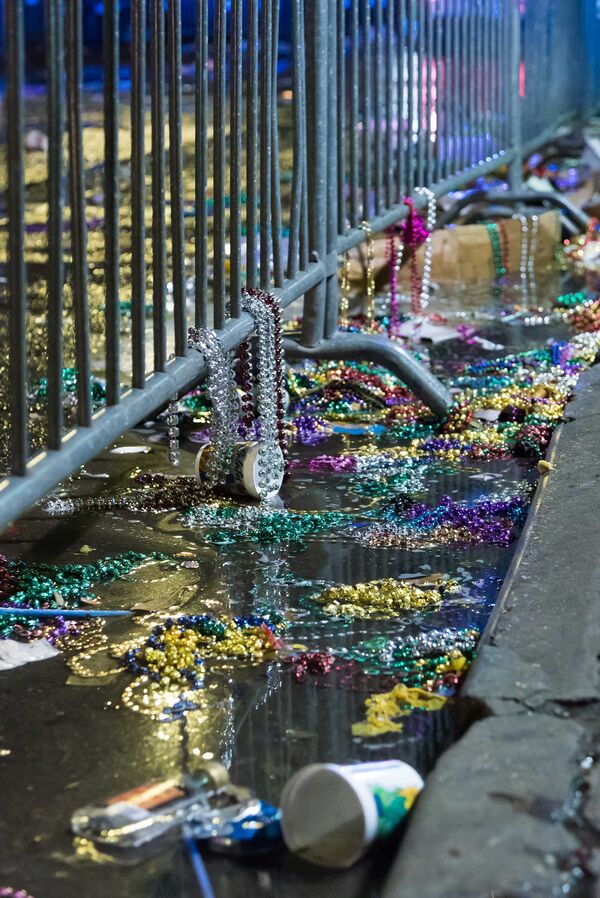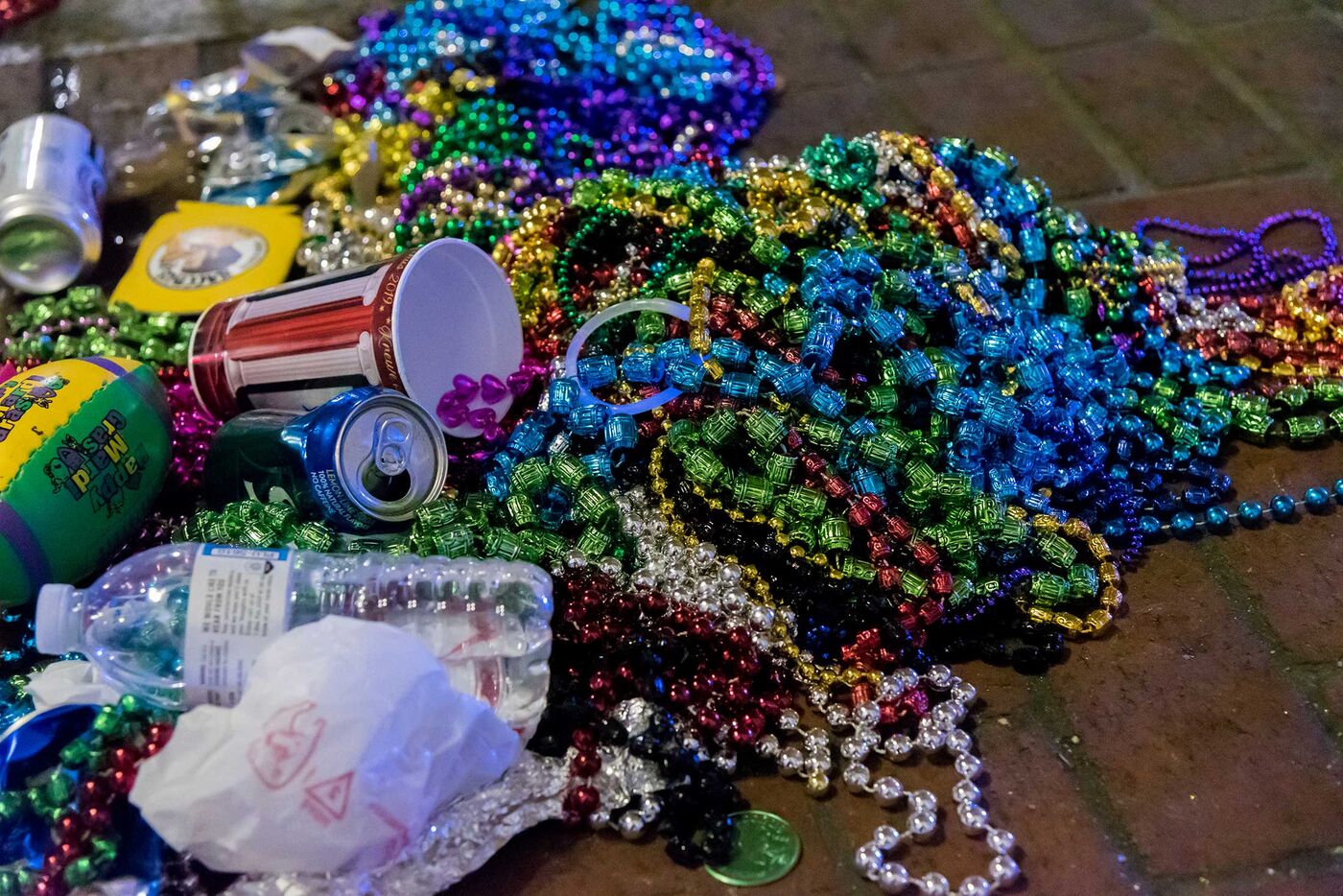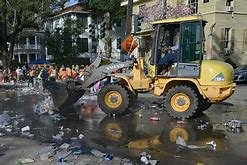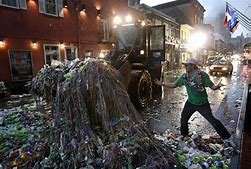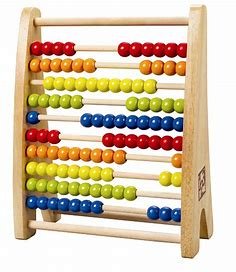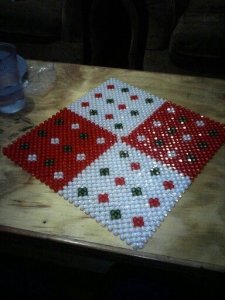sargentodiaz
Member
- Location
- North Las Vegas, NV
[FONT=Times New Roman, serif]One picture after another left by revelers who don;t seem to give a darn about the mess they’re leaving.
[/FONT]
[/FONT]
[FONT=Times New Roman, serif]Biodegradable beads may not be available yet, and recycling efforts are still small, but several hundred Mardi Gras celebrations since the late 17th century have taught New Orleans a thing or two about cleaning up. As the festivities wind down, a small army of some 600 workers descends on the French Quarter, leaving the area so free of debris that it’s difficult to tell the city had a million houseguests a day before.[/FONT]
[FONT=Times New Roman, serif]A 2014 analysis of how much income Mardi Gras brings to the city concluded that it generates more than 2 percent of New Orleans’s $21 billion gross domestic product. Cleanup-related expenses tallied in the study included more than $230,000 for workers, about $825,000 for equipment, plus other expenses, which brought the sanitation grand total to almost $1.5 million.[/FONT]
[FONT=Times New Roman, serif]Much more @ https://www.bloomberg.com/news/feat...ppens-to-mardi-gras-beads-after-festival-ends[/FONT]


